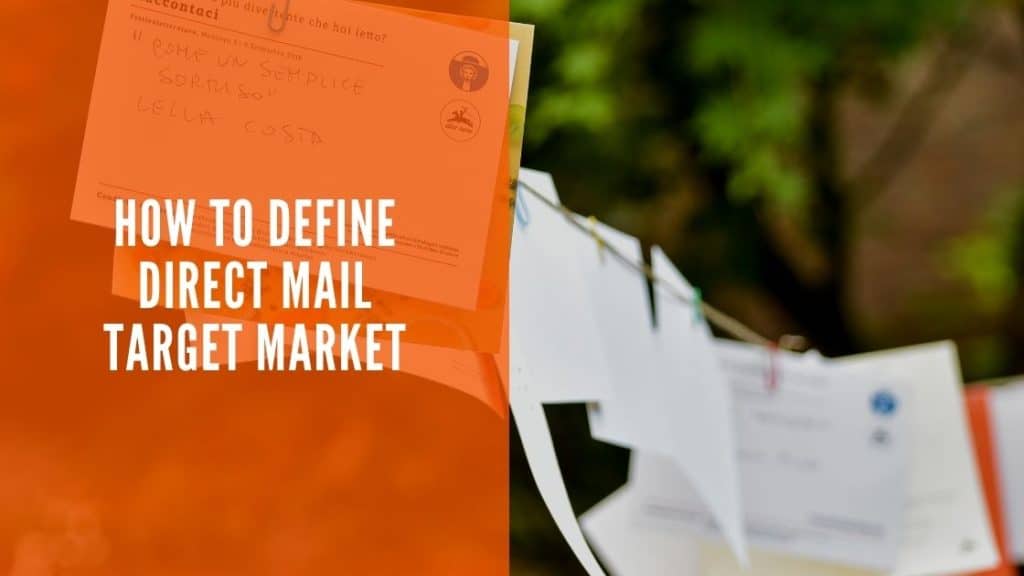RFM (recency, frequency, monetary value) modeling and segmentation is a fantastic method to identify groups of members for special treatment. You can use RFM segmentation to determine who is most likely to make donations. People who have donated once are more likely to give again. When you recognize the groupings in RFM segmentation, you can make an educated decision on who to send direct mail content to for each campaign.
The purchase behavior is already in your member database. But what can you do with this data? With RFM segmentation, you can identify groups of members, target them for marketing campaigns, promote repeat donors and loyalty, defend against defection, and acquire new members who resemble your best members.
Learn how to use RFM modeling and segmentation to improve your member marketing.
What is RFM modeling?
RFM modeling allows marketers to analyze customer or member value. This method targets specific clusters of members with communications that are much more relevant for their particular behavior. Purchase and interaction behaviors are the most powerful way to segment your members by historical value. Targeting members in this way generates significantly higher response rates and improves member loyalty and lifetime value.
What Does RFM Mean?
As stated, RFM stands for “recency”, “frequency” and “monetary value”, but how do each of these terms work in RFM modeling?
Recency
Recency focuses on a few categories, including when members last purchased with an organization, the last time they visited the website or the last time they used the mobile application. Recency estimates are helpful because they predict the likelihood members respond to communications from a non-profit. Recency is a fundamental dimension to see members with a deeper understanding. An example of recency triangulated is looking at a member’s first and last purchase dates. You can determine a member’s tenure and loyalty based on these purchase details.
Frequency
Frequency asks how often members purchase or interact with a brand during a specific period. Members with frequent activities are more engaged with an organization. The more connected members are, the more loyal they are than those who rarely transact or interact with a non-profit. You can combine recency and frequency to gather very detailed data based on how recently a member made a purchase and how frequently they are purchasing. Not all one-time donators are bad, especially if they are more recent donations. But also, not all three-time donors are loyal, especially the less recent ones.
Monetary Value
Monetary Value discovers how much a member has spent or donated to an organization during a set amount of time. You can look at monetary value divided by frequency to determine the average purchase amount, which is a valuable secondary factor to consider when segmenting your members. You can learn the sum of all revenue earned based on life to date dollars, average dollars, or some other dollar amount like 0-12 months.
What is Segmentation?
Segmentation in marketing is the process of dividing potential members into groups, or segments, based on different characteristics. The groups created are composed of members who will react similarly to marketing strategies and who share characteristics such as similar interests, needs, or locations.
Using Segmentation in Marketing
Non-profits usually have extensive data on their existing members. The data typically consists of purchase history, browsing history, and prior campaign response patterns and demographics. All this information is valuable and can be used to identify specific groups of members so you can send relevant communications to each person.
You will benefit from RFM analysis for several reasons. RFM analysis uses objective, numerical scales that yield a concise and informative high-level depiction of members. RFM analysis is a straightforward approach. Marketers can use it efficiently without the necessity for data scientists or complicated software. Lastly, RFM analysis is intuitive. The output of this segmentation option is easy to understand and interpret.
Valtim and RFM modeling and Segmentation with Direct Mail
RFM modeling and segmentation may sound complicated, but it can be simple and effective if done correctly. Skimming through and judging your contacts can seem extremely tedious, but it’s one worth doing so. RFM modeling can help reduce the amount of time and money lost on members who may not wish to participate with or donate to your organization.
Let Valtim help you with setting up and utilizing RFM modeling and segmentation for your next marketing project. When you create clusters for your members based on the extracted data, your direct mail campaign will be more prosperous than ever. We can help you filter and analyze your member data to discover what members should receive mailers based on the content you want to deliver. We can also help you with your search to find new members with the same campaign. Understanding and evaluating RFM segmentation data is a helpful and straightforward option to use before starting your next direct mail project.



